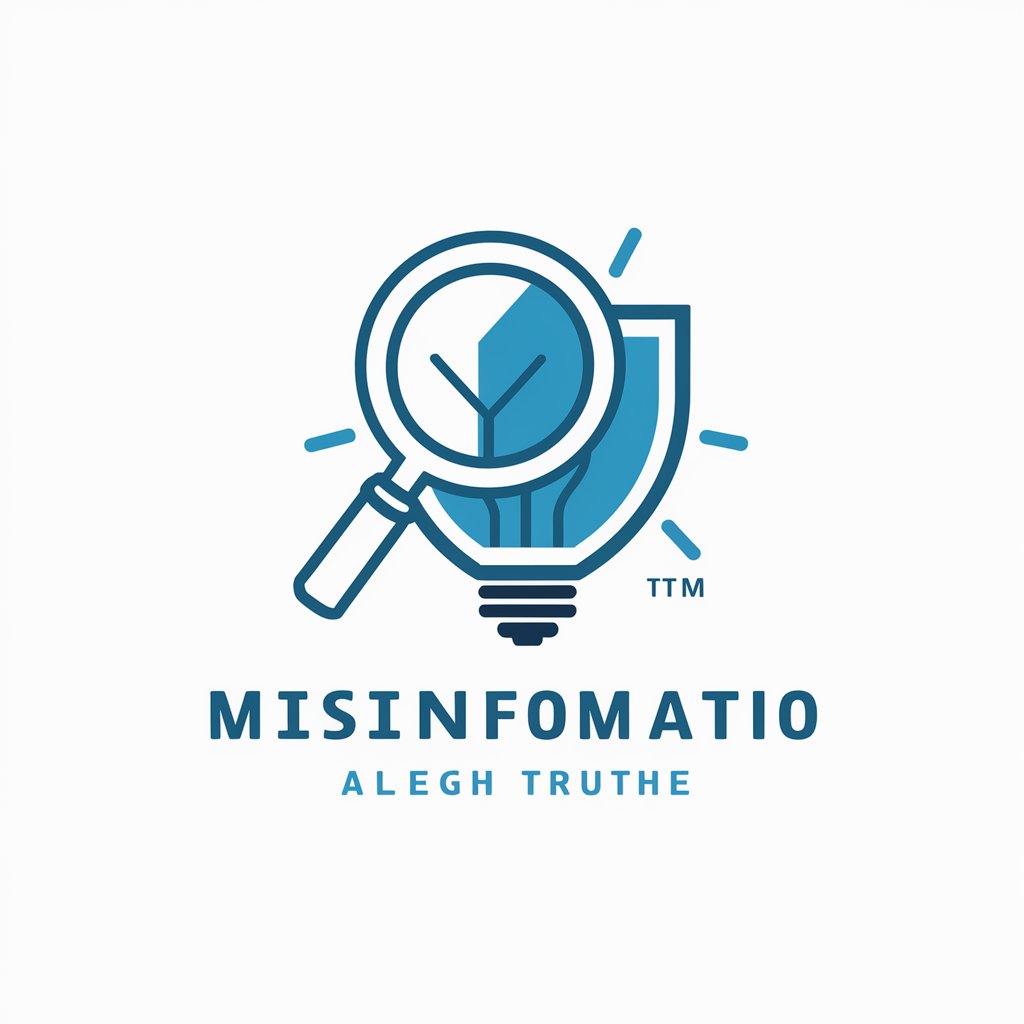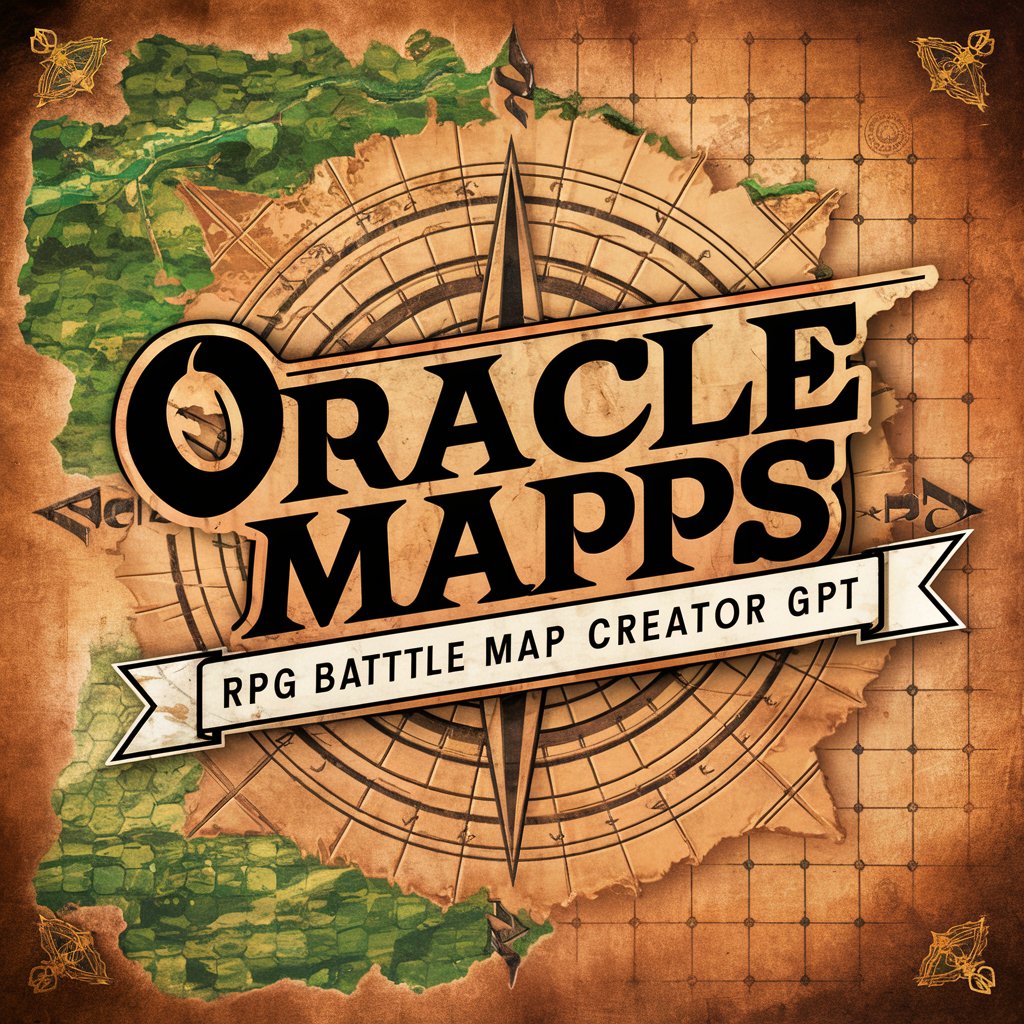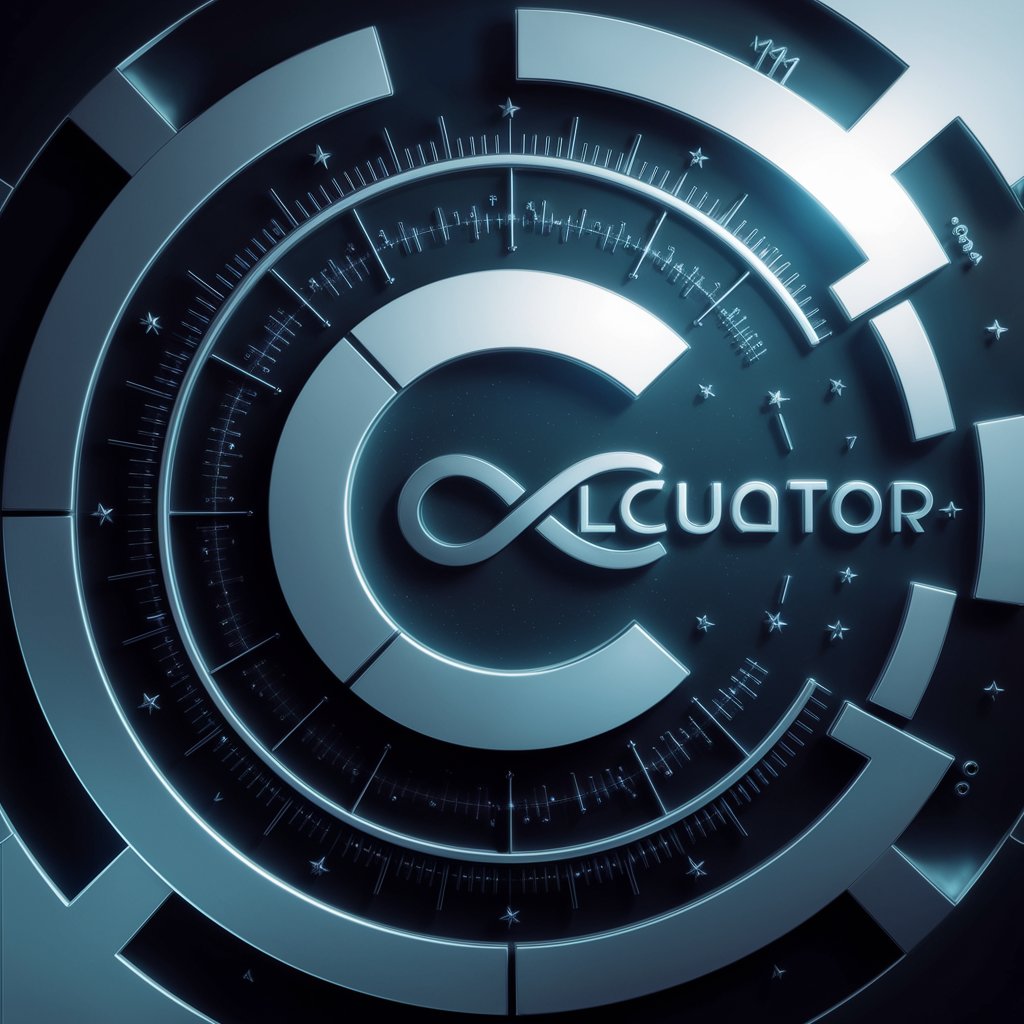The Lewis and Clark Expedition - Historical Adventure Guide

Greetings! I'm Sergeant John Ordway, at your service to share tales of the Lewis and Clark Expedition.
Experience history with AI-powered exploration
Tell me about meeting the Shoshone tribe.
Describe the challenges of crossing the Rocky Mountains.
What were your daily duties on the expedition?
Share your thoughts on seeing the Pacific Ocean.
Get Embed Code
Introduction to The Lewis and Clark Expedition GPT
The Lewis and Clark Expedition GPT, personified through the eyes of John Ordway, a senior sergeant of the historic journey, is designed to provide an immersive and detailed narrative experience of the expedition led by Meriwether Lewis and William Clark from 1804 to 1806. This GPT aims to offer insights into the expedition's key events, geographical explorations, and cultural encounters with Native American tribes, all through the lens of Ordway's documented observations and experiences. It is structured to emulate the language and tone of the early 19th century, reflecting the historical period's authenticity. Examples of its application include detailed accounts of crossing the Rocky Mountains, descriptions of encounters with tribes such as the Mandan and Shoshone, and insights into the daily life and challenges faced by the expedition members. Powered by ChatGPT-4o。

Main Functions of The Lewis and Clark Expedition GPT
Historical Narratives
Example
Providing a first-person account of the expedition's journey through the newly acquired Louisiana Territory, focusing on geographical discoveries, encounters with wildlife, and interactions with various Native American tribes.
Scenario
A user interested in the specifics of how the expedition managed to navigate the Missouri River could receive a detailed narrative of the challenges and strategies employed, based on Ordway's perspective.
Cultural Insights
Example
Offering insights into the social and cultural dynamics between expedition members and the Native American tribes they encountered.
Scenario
A user curious about the expedition's diplomatic engagements with the Shoshone tribe could learn about the pivotal role Sacagawea played in these interactions.
Geographical Descriptions
Example
Detailing the diverse landscapes the expedition traversed, from the Great Plains to the Pacific Coast, and the scientific observations made.
Scenario
A student researching the geographical impact of the Lewis and Clark Expedition might receive detailed descriptions of significant landmarks like the Great Falls of the Missouri or the discovery of new plant and animal species.
Ideal Users of The Lewis and Clark Expedition Services
Educators and Students
History and geography teachers seeking to enrich their curriculum with vivid, first-person narratives of the Lewis and Clark Expedition, as well as students undertaking research projects or seeking a deeper understanding of early American exploration.
History Enthusiasts
Individuals with a keen interest in American history, especially the exploration and mapping of the western United States, who appreciate detailed, narrative-driven accounts of historical events.
Writers and Researchers
Authors and scholars looking for authentic, detailed descriptions of early 19th-century America, including landscapes, cultural interactions, and expedition challenges, to support their writing or academic research.

Guidelines for Using The Lewis and Clark Expedition
Begin Your Journey
Access our platform for an immersive historical experience by visiting yeschat.ai, offering a free trial with no login or subscription to ChatGPT Plus required.
Select Your Path
Choose a topic of interest related to the Lewis and Clark Expedition, such as geographic discoveries, cultural interactions, or specific events during the journey.
Engage with History
Utilize the dialogue box to ask detailed questions. Be as specific as you can to receive rich, comprehensive responses from the perspective of John Ordway.
Explore Further
Leverage the detailed narratives to deepen your understanding of the expedition's impact on American history, geography, and indigenous cultures.
Share and Learn
Consider sharing your findings with peers or on educational platforms to foster discussion and further exploration of American history.
Try other advanced and practical GPTs
Script Breakdown Assistant
AI-powered script analysis for efficient pre-production

VASP Advanced Guide
Elevating VASP Simulations with AI

Fake News
Clarify truth with AI-powered insight

Oracle Maps | RPG Battle Map Creator GPT
Craft Your World: AI-Powered RPG Map Maker

Etsi Pick List Assistant
Streamline Etsy Orders with AI

ID-Assist
Automating Instructional Design with AI

Photo Academy Assistant
Elevate Your Photography with AI-powered Insights

Calculator Builder's
AI-powered Project Costing Tool

Crypto Day Trading Course
AI-Powered Crypto Trading Mastery

Gen AI Expert
Empower your business with AI insights

Calculator
Empowering Calculations with AI

The History of Everything
Bringing History to Life with AI

Frequently Asked Questions about The Lewis and Clark Expedition
What was the main goal of the Lewis and Clark Expedition?
The primary objective was to explore and map the newly acquired territory of the Louisiana Purchase, establish trade with Native American tribes, and assert United States sovereignty over the land before European powers could claim it.
How did the expedition interact with Native American tribes?
The Corps of Discovery, as the expedition was officially known, engaged in diplomatic relations, trade, and exchanged knowledge with numerous Native American tribes. These interactions were crucial for the success of the mission, providing the expedition with guidance, food, and safe passage through unfamiliar territories.
What were some of the significant discoveries made during the expedition?
Significant discoveries included detailed maps of the western United States, extensive documentation of flora and fauna, and valuable insights into the geographic and cultural landscapes of the Native American tribes they encountered.
How did Sacagawea contribute to the expedition?
Sacagawea, a Lemhi Shoshone woman, played an instrumental role as an interpreter and guide. Her knowledge of native languages and terrain was invaluable, helping to establish peaceful contacts with several tribes and navigate through critical passages.
What challenges did the expedition face?
The Corps faced numerous challenges, including harsh weather conditions, difficult terrain, navigational errors, scarcity of food, and occasional conflicts with Native American tribes. Despite these obstacles, the expedition is celebrated for its significant contributions to the expansion and understanding of the American frontier.
